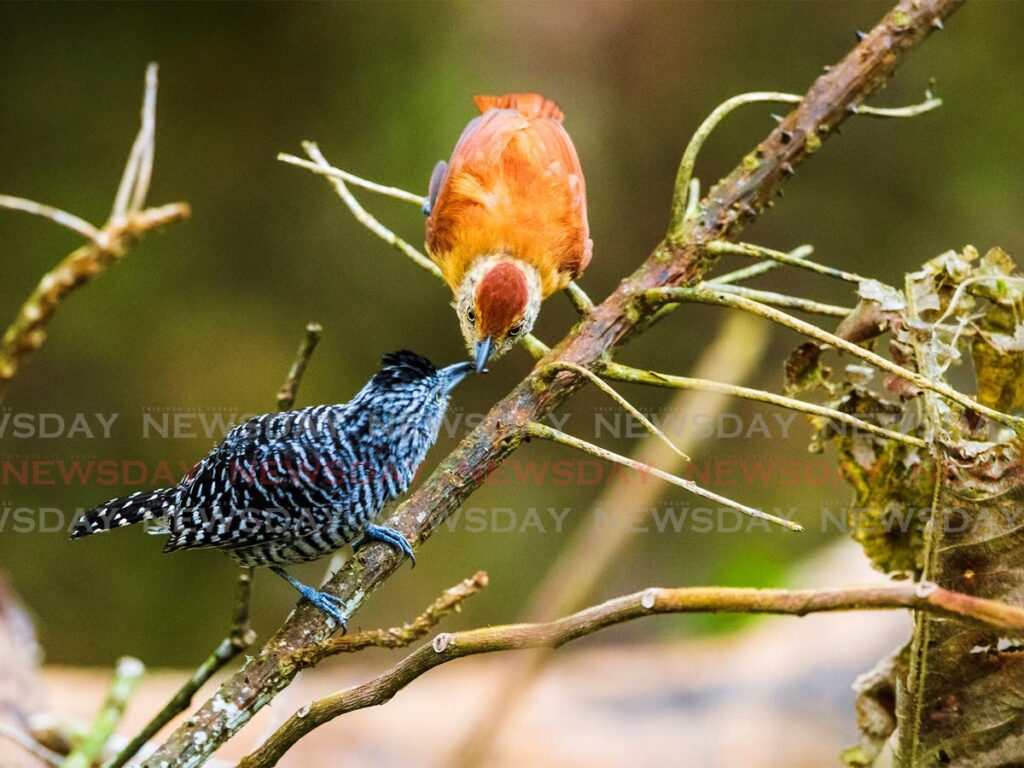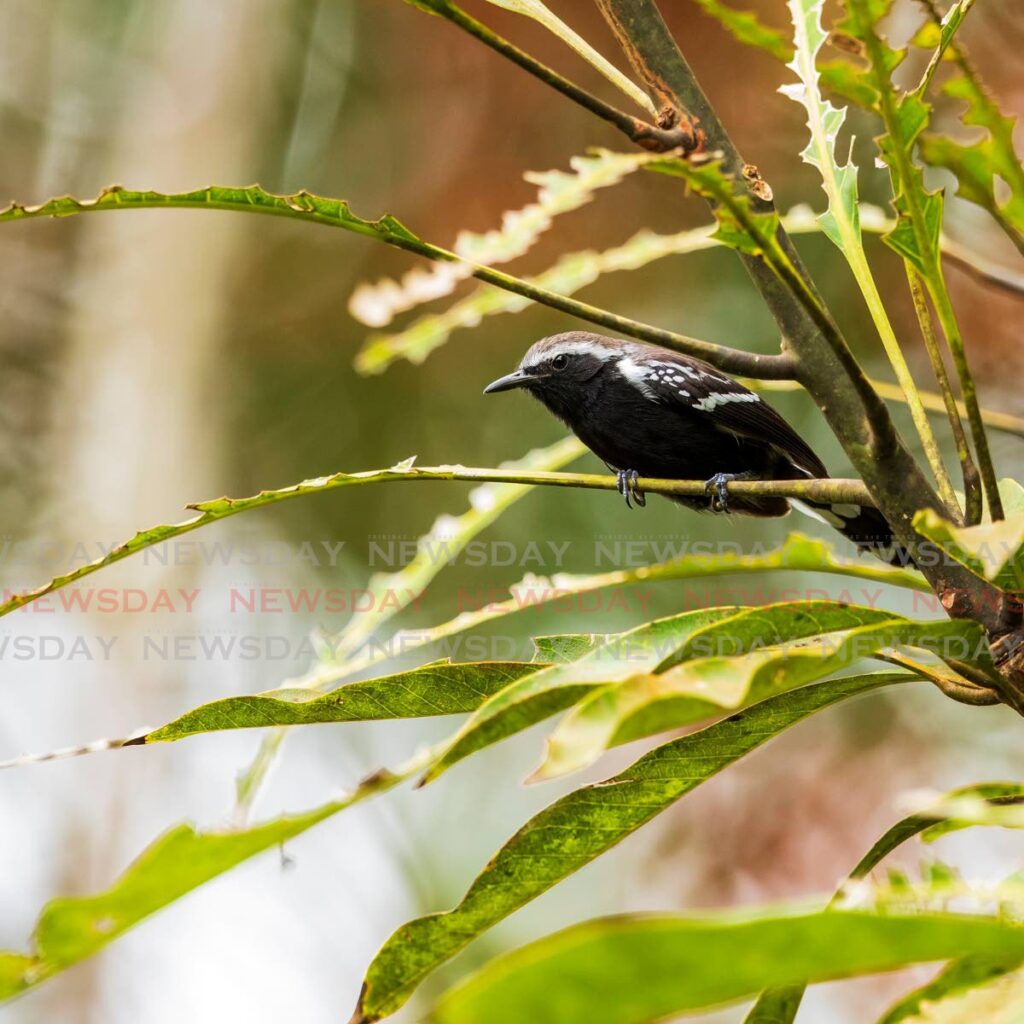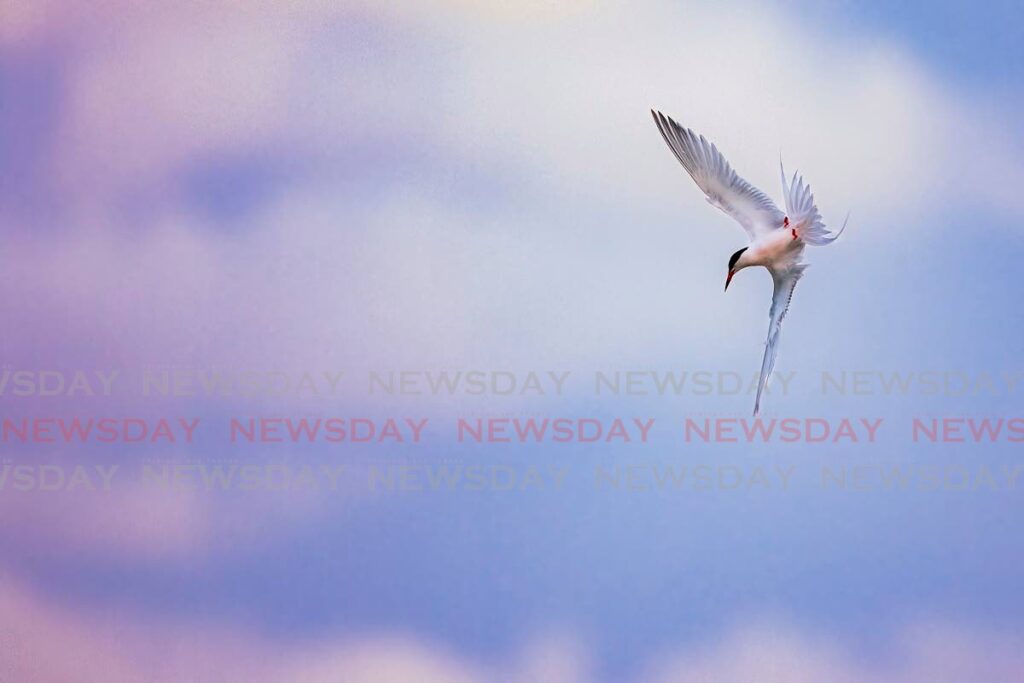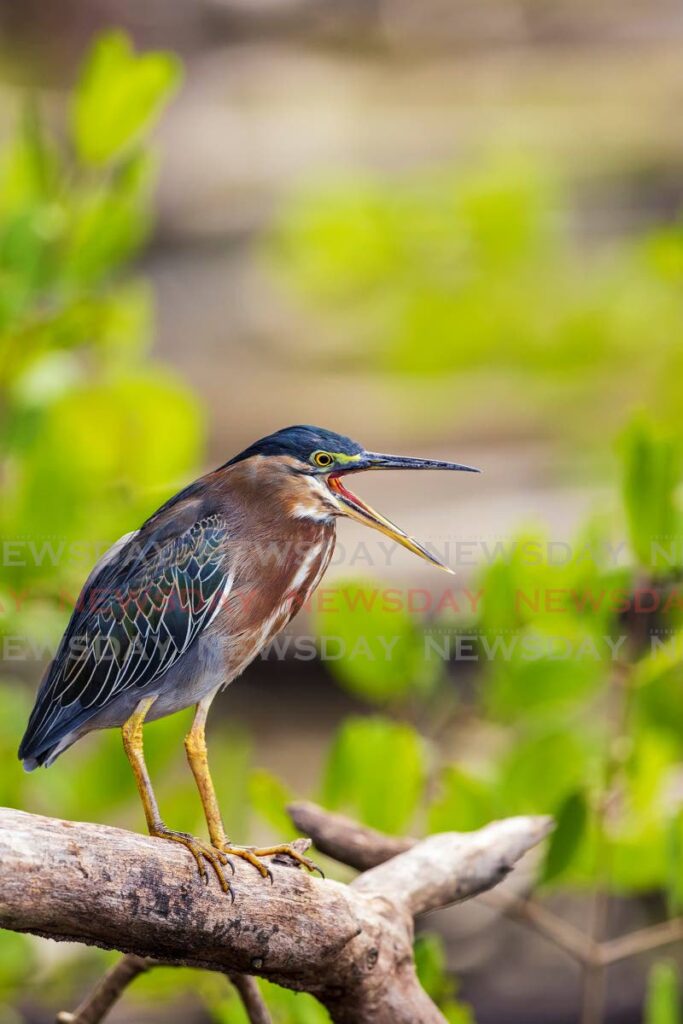Care for the birds at Rocky Point

Far too often we feel that uninhabited land is of no importance to anyone and its “use” displaces no one. Faraaz Abdool makes a plea for the visible and invisible creatures of Tobago’s Rocky Point peninsula.
From space, it is a rough peninsula dotted with vegetation between two notable beaches – Mt Irvine and Stonehaven – on Tobago’s Caribbean coast. From a vehicle coasting along the contours of the smoothly surfaced Shirvan Road, Rocky Point’s largely undisturbed secrets pass by in seconds. A closer look reveals aspects of this easily ignored spit that can teach us about the significance of this location. If we aren’t careful, we could easily lose the habitat of some special Tobago birds.
The dry forest at the side of the road is the typical near-coastal vegetation of south west Tobago. Dominated by medium-height trees, only the loudest birds can be heard over the pounding surf. But the wind carries songs of the endearing barred antshrike to waiting ears – these plump birds are almost always found in pairs. What observers often find interesting about this species is that the pairs consist of two birds that look radically different; they only resemble structurally!

This is due to sexual dimorphism within the species, where males and females have distinct plumages. The function of this is still being investigated, as it has been found that the purpose varies among species as well as throughout the spectrum of sexual dimorphism. For the barred antshrikes, it is likely that the pairs of birds we see are monogamous and co-dependent.
Another sexually dimorphic bird that can easily be seen here is the closely related white-fringed antwren. Males are chocolate brown above and jet black below – the barrier between the brown and black is demarcated by a thick white line that starts at the base of the bird’s bill and traverses the boundary along its flanks toward its tail. Females have the same black and white wings as the males, but they are brown above and buff below. Irrespective of sex, their furtive behaviour as they hop from branch to branch is a constant.
The trees and shrubs are also home to several other more plainly plumaged birds. The scrub greenlet is one that many of us would hear almost throughout the day, but hardly ever lay eyes on. This little olive-grey bird is on the cusp of becoming its own species – the Tobago greenlet. Scientific studies are continually analysing the genes of all ten thousand species of birds across the world, and periodically advancements are made in understanding the taxonomy of these creatures. As it stands, the subspecies of scrub greenlet found on Tobago is not only endemic to this island but may be sufficiently distinct to warrant its status being elevated to that of a separate species. Once officially designated, it would be the only bird on earth that is found only on Tobago.
Two species of seed-eating birds are easily found in this area as well. The black-faced grassquit is an olive-green bird with a black face, and the blue-black grassquit is all glossy black. Both are small birds with chunky bodies and conical bills made for crushing grass seeds. The blue-black grassquit is particularly popular with birders as they are known for the unique displays of the males which earns them the local name “Johnny Jump-up.”
Apart from the commonly seen birds within the brush, there always exists the possibility of seeing something different. The most crucial ingredient for this is already present: the habitat is there. Only a short distance away, on the other side of Shirvan Road, is the most reliable place in the entire south west half of Tobago to catch a glimpse of the otherworldly blue-backed manakin. Males of this species are entirely black with a powder-blue back and bright red cap. Females are olive green and can easily escape detection. It is no stretch of the imagination that blue-backed manakins can be seen at least sporadically at Rocky Point.

As one deliberately makes for the shoreline, a different cast of characters beckons. Almost invisible beside any of the many waterways trickling toward the ocean, the first glimpse of a green heron is flying away, squawking in alarm at the hominid intruder. These small and tremendously intelligent herons are fairly common throughout Tobago. Another heron that tends to lurk motionless out of sight – at least during daylight hours – is the slightly larger yellow-crowned night-heron. As its name implies, its hours of activity tend to coincide with hours of darkness. Beach-goers enjoying a sunset may be startled to see a bird emerging after the sun has disappeared, but the exceptionally large eyes of the yellow-crowned night-heron make night wandering easy for this bird. This species feeds predominantly on crabs – its thick and powerful bill makes short work of even the toughest crustaceans.
The coast surrounding Rocky Point is also significant to some birds that depart for months at a time. During the boreal winter, the shore is dotted with numerous tiny bodies scurrying around on legs moving so quickly it almost seems as if the birds are levitating across the sand. These are shorebirds, Semi-palmated plovers and sanderlings for the most part. They migrate from the frigid north and spend up to seven months each year probing the sand on these beaches for invertebrates barely visible to the human eye.

Further afield amidst the rolling waves, Brown pelicans hunt the fertile waters. These gargantuan and prehistoric looking birds have a very unique method of catching fish – by diving face-first into a school of fish from a considerable height. Their expandable throat pouch helps to snag fish that aren’t quick or slippery enough to escape. During the longer days of the year from May through September, numerous pure white, angelic looking birds accompany the pelicans on their forays offshore. These are terns – some are sandwich terns and others are roseate terns. The latter is considered the most beautiful of all terns – and we are incredibly lucky to host this species here as it is decidedly difficult to see elsewhere.
The presence of birds is indicative of the health of an ecosystem – both in number of individuals and number of species. At Rocky Point, the native ecological niches host specialised birds, stewarding the survival of the fittest. We humans continue to shape the landscape oblivious of the creatures – indeed the web of life – we displace because they are beneath our notice or understanding. Surely, we need to ensure that the mechanisms that allow us to inhabit this rich and living planet are not undone by our own hands.


Comments
"Care for the birds at Rocky Point"